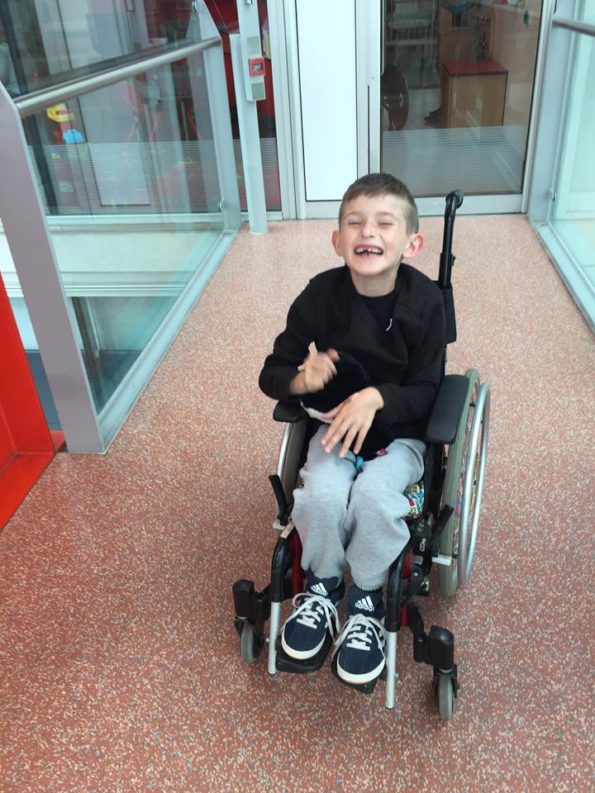Our Hero Draven
He is one of 3 siblings. He was born with Tofs/Oa vacterl along with many other serious conditions that saw him spend the first 8 months of his life in a London Hospital intensive care unit.
He was later at the age of 15months diagnosed with a terminal illness called Duchenne Muscular Dystrophy (DMD). Follow Draven’s progress (the good and the bad) on his Blog page Our Hero Draven.

